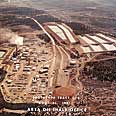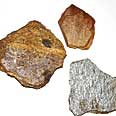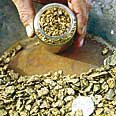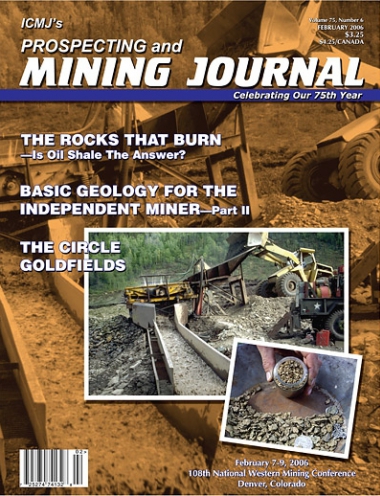February 2006 (Vol. 75, No. 6) $5.75
-
The Bawl Mill
• It’s good to be the president...of the teacher’s union
• Anyone need a 1040 form?
• Global warming turns a new leaf -
January Issues Delayed For Weeks As USPS Searches Their Facility
“Neither rain nor sleet nor snow...” How does that saying go? -
Legislative and Regulatory Update
• Senate moves on ESA reform
• Suit challenges patenting
• Canyon takes its case to the Supreme Court -
The Rocks That Burn: Is Oil Shale the Answer?—Part I
 The day is old in the Rangely Oil Field in northwestern Colorado. I’ve paused in my southbound trip to take a gander at this historic field, one of the largest in the state. Intricate pipelines funnel water and carbon dioxide to the source rock far below.
The day is old in the Rangely Oil Field in northwestern Colorado. I’ve paused in my southbound trip to take a gander at this historic field, one of the largest in the state. Intricate pipelines funnel water and carbon dioxide to the source rock far below. -
Feds Move Oil Shale to Front Burner
A recent hearing on federal plans to unlock oil shale reserves in the Intermountain West was packed by small-time speculators, some of whom questioned whether today’s technology would let them squeeze oil out of rock profitably. -
Basic Geology for the Independent Miner—Part II Recognizing and Understanding Rock Formations (Petrology)
 Rocks are an aggregate formed from the accumulation of minerals. Minerals form under various conditions, and when the minerals come together in mass, they form rocks.
Rocks are an aggregate formed from the accumulation of minerals. Minerals form under various conditions, and when the minerals come together in mass, they form rocks. -
The Circle Goldfields
 The Circle Goldfields are located about 120 miles east of Fairbanks in Interior Alaska and they occupy about 200 square miles. The Crazy Mountains boast the highest point in the district at 3,690 feet above sea level.
The Circle Goldfields are located about 120 miles east of Fairbanks in Interior Alaska and they occupy about 200 square miles. The Crazy Mountains boast the highest point in the district at 3,690 feet above sea level. -
New Montana Board Moves to Halt Mining
The Montana Board of Environmental Review has extended the comment deadline on a proposed rule for treating water discharged by mining operations. The new deadline is March 17. -
Newmont Looks to Ghana
Newmont Mining Corp. is intensifying a global hunt for the next mother lode of gold. -
PLP President Intervenes on Behalf of Dredgers
Jerry Hobbs, president of Public Lands for the People, is taking action to prevent undue restrictions on miners utilizing suction dredges in California. -
Samuel Franklin Hunt Nevada’s “Rio Tinto”
At the well-known Rio Tinto copper district, Huelva, in southwestern Spain, large quantities of copper were found beneath a gossan of hematite at an average depth of 100 feet. The deposits were first mined during Roman times. -
Melman on Gold & Silver
 Well, another year, another pile of worries. First, just as it appeared that real progress was being made in finding a solution to the seemingly intractable situation between Israel and the Palestinian people...
Well, another year, another pile of worries. First, just as it appeared that real progress was being made in finding a solution to the seemingly intractable situation between Israel and the Palestinian people...







